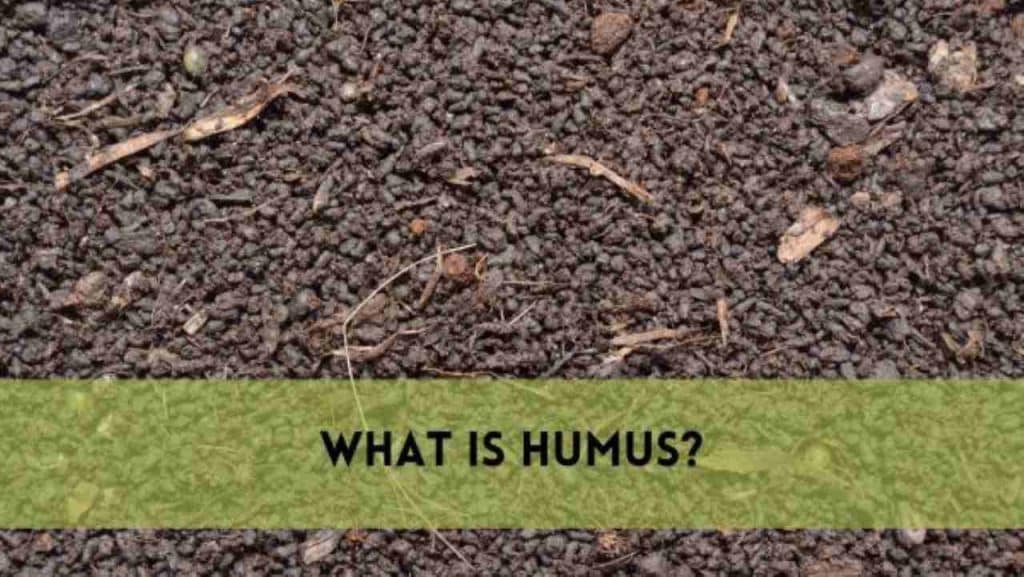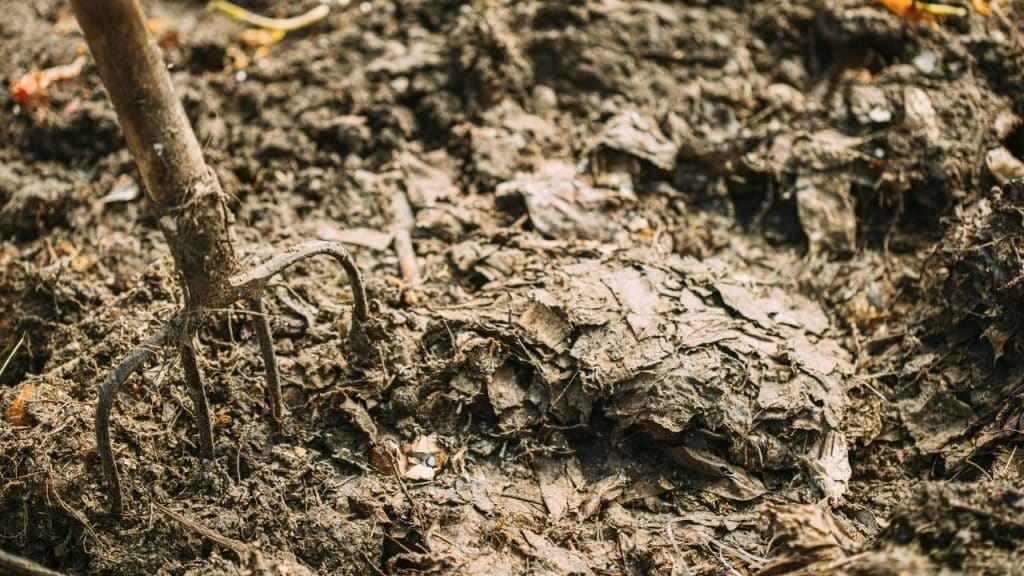When it comes to the development of plants and the soil’s overall health, the fascinating material known as humus, frequently referred to as “black gold” by gardeners, is essential. It is impossible to overestimate the relevance of this in agriculture and gardening together. In this extensive book, what is humus? We will discuss its composition, its advantages, and the numerous ways you can use it to convert your garden into a flourishing retreat. We will also go into great detail about the benefits that leaf mold offers.
What is Humus?
During the process of decomposition, plant and animal materials are broken down, resulting in the production of nutrient-rich soil, the organic component of soil. After a significant portion of the remnants of plants and animals have been decomposed, this black, organic stuff is left behind.
The natural process that is accountable for the recycling of nutrients and the replenishment of the soil with the components essential for the development of plants should be taken into consideration.
Steps in Formation of Humus
The first step in the humus trip is the decomposition of organic matter by earthworms, fungi, and bacteria. These microscopic breakers of dead plant and animal matter convert it into simpler molecules. This organic matter changes through many phases before becoming mulch.
Elements of Humus
An earthy fragrance, a crumbly consistency, and a dark hue are all characteristics that may be used to identify decomposed soil. This material has large quantities of organic carbon and essential minerals such as potassium, phosphate, and nitrogen.
It also contains a significant amount of nitrogen. Humus, on the other hand, is stable and may remain in the soil for years, therefore continually supplying nutrients to the roots of plants. This is in contrast to raw organic waste, which decomposes rapidly. This is in comparison to the state of organic waste that is still unprocessed.
Qualities of Humus
- Humus forms aggregates as a binding agent between soil particles. This results in improved aeration and water retention, which improves the soil’s structure.
- It performs the function of a nutritional reservoir, storing vital components like nitrogen and gradually releasing them to provide a consistent supply for plant development.
- During droughts, the remarkable ability to absorb water protects the soil from drying out severely, while during strong rainfalls, it minimizes the amount of runoff that occurs.
- It provides a habitat for fungus and bacteria, two essential soil microorganisms that play a role in maintaining plant health and cycling nutrients.
- Reduces the amount through its capacity to improve soil stability and structure, humus helps to decrease soil erosion caused by wind and water. As a result, it protects the topsoil, which is very essential.
A Guide to Raising Soil Mulch
Having established the value of organic matter, let us examine several methods for raising soil levels:
Add Organic Matter: Till in manure, compost, and leaf litter. The nourishment accelerates humus production, and these components provide soil microbes.
Rotate crops often to vary the kinds of organic matter added to the soil. The various types of organic wastes that different plants produce add a range of nutrients to the soil.
Mulch: Spread mulch over the soil’s top to stop erosion, save moisture, and gradually add organic material as it decomposes.
Steer Clear of Over-Tilling: Too much tilling may upset soil structure and accelerate the breakdown of organic material. Reducing tillage will help to maintain soil humus levels.
Legumes are one cover crop that may fix nitrogen from the atmosphere and, when assimilated, contribute organic matter to the soil.
Frequently Held Misconceptions About Humus
Myths and misunderstandings surround compost despite its numerous advantages. To dispel some of the most often-held beliefs:
- Humus is Just Decomposed Plant Matter: Although it comes from breaking down organic matter, it changes significantly from raw organic material.
- Humus Levels Increase with Sand Added to the Soil. It does not originate in part from sand. Blocking the action of soil microbes might cause the formation of humus.
- Forest Soils Only Contain Humus it occurs in grasslands, marshes, and agricultural fields, among other environments. However, forest soils are renowned for having a high decomposed soil concentration.
Uses for Humus Gardening in Practical Settings
Garden beds that include compost high in humus may increase soil fertility and encourage robust plant development.
Agriculture: Farmers may improve the health and productivity of their soil by using methods like cover crops and less tillage that encourage it’s production.
Land Reclamation: It is a necessary component of land reclamation efforts as it rebuilds soil fertility and structure, therefore recovering deteriorated soils.
Conclusion
A keystone of good soil, Get What is Humus? Offers several advantages for plant development with Arborist Huffman, soil structure, and ecosystem resilience. Gardeners and farmers may use it to grow vibrant landscapes and sustainable food systems by knowing its creation process, properties, and valuable uses.
Remember the wonder of nutrient-rich soil working under the surface to improve the soil and sustain life aboveground the next time you care for your garden or fields.
FAQs
Precisely, what is humus?
Humus is the organic part of soil created as plant and animal debris breaks down. This black, nutrient-dense substance is essential to plant development and soil health.
In what ways is humus not compost?
Humus is more stable and long-lasting than compost, even if both result from the breakdown of organic waste. It is broken down by organic waste; compost is a mixture of organic elements in different stages of breakdown.
Can humus increase soil fertility?
Indeed, It improves soil structure, supplies vital nutrients, and encourages helpful soil microbes, increasing soil fertility. It feeds plants gradually by acting as a storage for nutrients.
How may my soil’s humus levels be raised?
Compost, crop rotation, cover crops, mulching, and reducing tillage are all ways to raise soil humus levels. These techniques enhance soil health and form humus more readily.
Is humus suitable for all kinds of plants?
Indeed, various plants—vegetables, fruits, flowers, and trees—benefit from it. It gives vital nutrients, enhances soil structure, holds moisture, and encourages strong root development, all encouraging robust growth and output.





